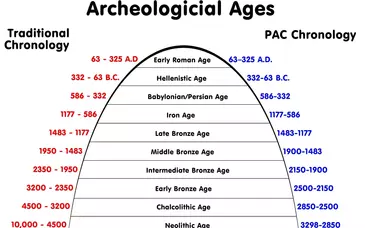Easton's Bible Dictionary is a biblical reference work that was first published in 1897 by Matthew George Easton. The dictionary provides in-depth information and definitions on a wide range of topics related to the Bible, including people, places, and events mentioned in the Bible, as well as theological concepts and biblical themes.
One of the unique features of Easton's Bible Dictionary is its focus on historical and cultural context. The dictionary provides detailed information on the historical and cultural background of the Bible, including information on the ancient Near East and the Greco-Roman world. This helps readers to better understand the context in which the Bible was written, and the meanings of the words and phrases used in the text.
Easton's Bible Dictionary also includes many illustrations and maps, which provide a visual representation of the places and events mentioned in the Bible. This helps readers to better understand the geographical and historical context of the Bible.
The dictionary is also known for its strong theological perspective, which is rooted in the conservative Christian tradition. It also includes a detailed introduction to the Bible and its various parts, as well as a section on biblical archaeology.
Overall, Easton's Bible Dictionary is a valuable resource for anyone interested in the Bible. It provides a wealth of information and context that can help readers to better understand the meaning and significance of the Bible, and is considered as one of the best Bible dictionaries available.
It is widely used by pastors, theologians, students, and laypeople alike, as a reference resource for biblical studies, theology and biblical history. It is available online and also as a printed book.
